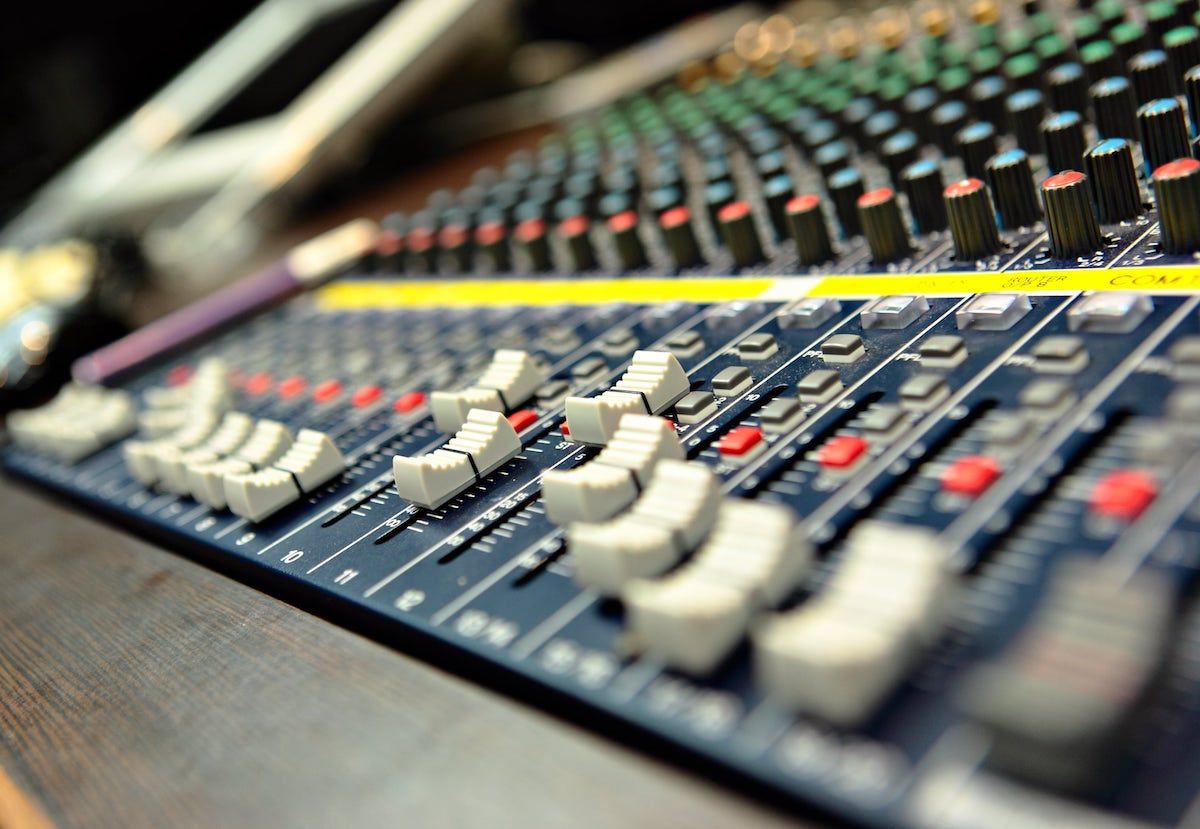Non-Diegetic Sound in Film Explained & Its 3 Purposes
Rent film gear from local filmmakers.

Rent film gear from local filmmakers.
So you have taken an interest in the world of sound design.
Sound and sound design is an essential part of filmmaking, and good sound design can elevate your film to a higher level.
This article will explore the specific concept of non-diegetic sound and its uses in filmmaking.
What is non-diegetic sound?
Non-diegetic sound is any and all sounds in a film that doesn't originate from within the world of the film.
One of the primary sources of non-diegetic sound is often a movie's soundtrack because it helps the audience connect to a scene.
The characters within the scene can't hear it. And that is pretty much the short answer to non-diegetic sound: If the characters in the film can't hear it, it's non-diegetic.
Why include non-diegetic sounds?
Non-diegetic sounds are a strong tool for the filmmaker. The strongest tool might be the film's soundtrack, which helps you set the film's tone, manipulate emotion, or provide an element of surprise with a well-timed stinger.
Non-diegetic sound effects can be added for comic effect, and narration or voiceover helps you explain or reinforce the film's plot.
3 non-diegetic examples
1. Narration or voiceover
One of the most common types of non-diegetic sound is narration. Though it's only literal narration and not necessarily any type of voiceover.
A character may narrate a memory to another character, such as in Forrest Gump, making the voiceover diegetic.
Internal monologue is another exception as it's a character's thoughts and, therefore, part of the world.
It's only narration purely for the audience's sake that is non-diegetic. Here are a couple of examples:
Fight club (1999)
In Fight Club, Edward Norton's "Narrator" supplies the audience with a lot of non-diegetic narration.
Norton's character's narration is an essential element in the story and serves as a vital point of the film, as you know if you've watched the film. Norton's narration helps the audience fill in the gaps and explain what they see on screen.
American psycho (2000)
American Psycho places us in the head of protagonist Patrick Bateman to connect us with Patrick. He is even allowed to do this by speaking directly to the audience.
By speaking directly to the audience, the narration becomes non-diegetic as the audience is not part of the film world. It's a vital tool allowing the audience of the film to get a look inside the mind of a psychopath.
2. Soundtrack or music overlay
As mentioned, soundtracks and music, in general, is often the most essential non-diegetic sound in a movie and serve to help the audience connect with the film, characters, and narrative.
Music overlay and soundtracks have become so common in filmmaking that the audience doesn't even notice it's there most of the time.
We'll run through a few examples of strong non-diegetic music.
Star Wars (1977)
The opening credits of the Star Wars films are strong examples of non-diegetic music and accompanying text.
The text is a kind of narration helping the audience understand the film and the music of John Williams helps create the epic mood of the films.
Catch me if you can (2002)
Non-diegetic music doesn't have to be orchestral or produced specifically for a film.
Popular music can be used in the same way and allows the filmmaker to reference certain songs that fit the movie's theme.
Frank Sinatra's Come Fly With Me references the main character's job as an airplane captain in Catch Me If You Can.
3. Sound effects outside the film-world

Sound effects can also be part of the non-diegetic sound design, although they are most often part of the diegetic soundscape of the film.
Non-diegetic sound effects are often used for comic relief or exaggeration.
Examples are:
Shaun of the dead (2004)
The use of exaggerated sound effects and quick cuts is something of a trademark for Edgar Wright. In Shaun of the Dead, Wright uses several non-diegetic sound effects as Shaun explains his various plans.
Wright uses a lot of "Whoosh"-sounds, especially when using whip pans. And several of the weapons have exaggerated sounds, such as when Shaun and Ed bring their weapons together.
Wright's whole montage is a strong example of using non-diegetic sound effects.
Kill Bill Vol. 1 (2003)
Another master of non-diegetic sound effects is Quentin Tarantino, who loves to mix diegetic and non-diegetic sound.
Such as in this showdown between The Bride and Gogo.
There are plenty of diegetic sound effects in this clip. But Tarantino also throws in some non-diegetic sound effects, such as the synthesizer stingers as The Bride jumps and the sound of bowling pins when Gogo crashes through a table.

Up next: Learn to know diegetic sound
Hopefully, this article help to give you an insight into what non-diegetic sound is, what its role in filmmaking is, and some classic famous of non-diegetic sound used in film.
Now it's time to head over to the next sound technique in filmmaking – diegetic sound. Continue reading to discover what diegetic sound is.
What is non-diegetic sound?
Non-diegetic sound are sounds that are not part of a film’s world.
What makes sound diegetic or non-diegetic?
Diegetic sound is part of the film’s world, while non-diegetic is not.
What are some non-diegetic examples?
Common examples of non-diegetic sound are a film’s soundtrack and narration.
What is non-diegetic sound in media?
Non-diegetic sound are sounds that are not part of the world of the characters.























